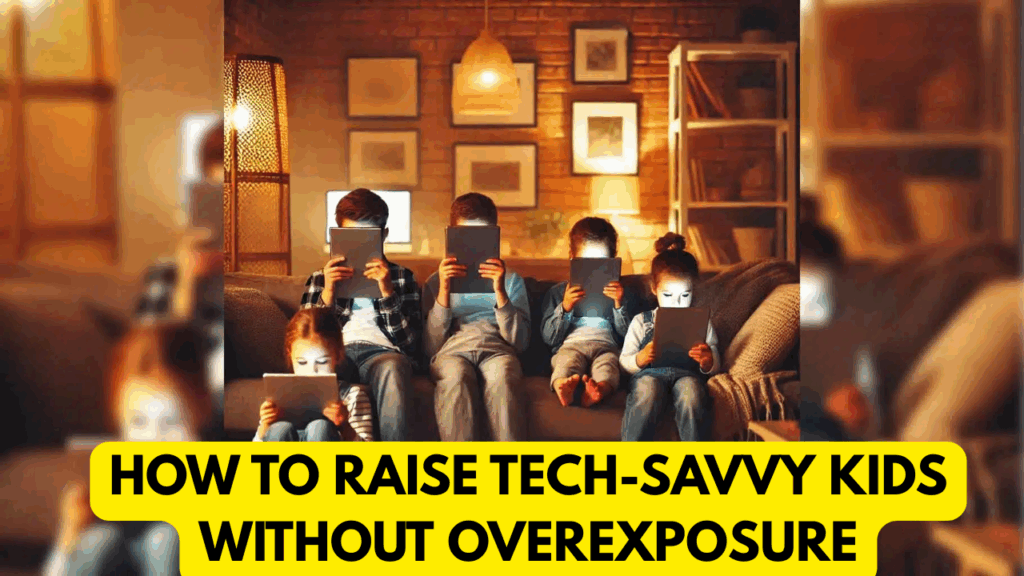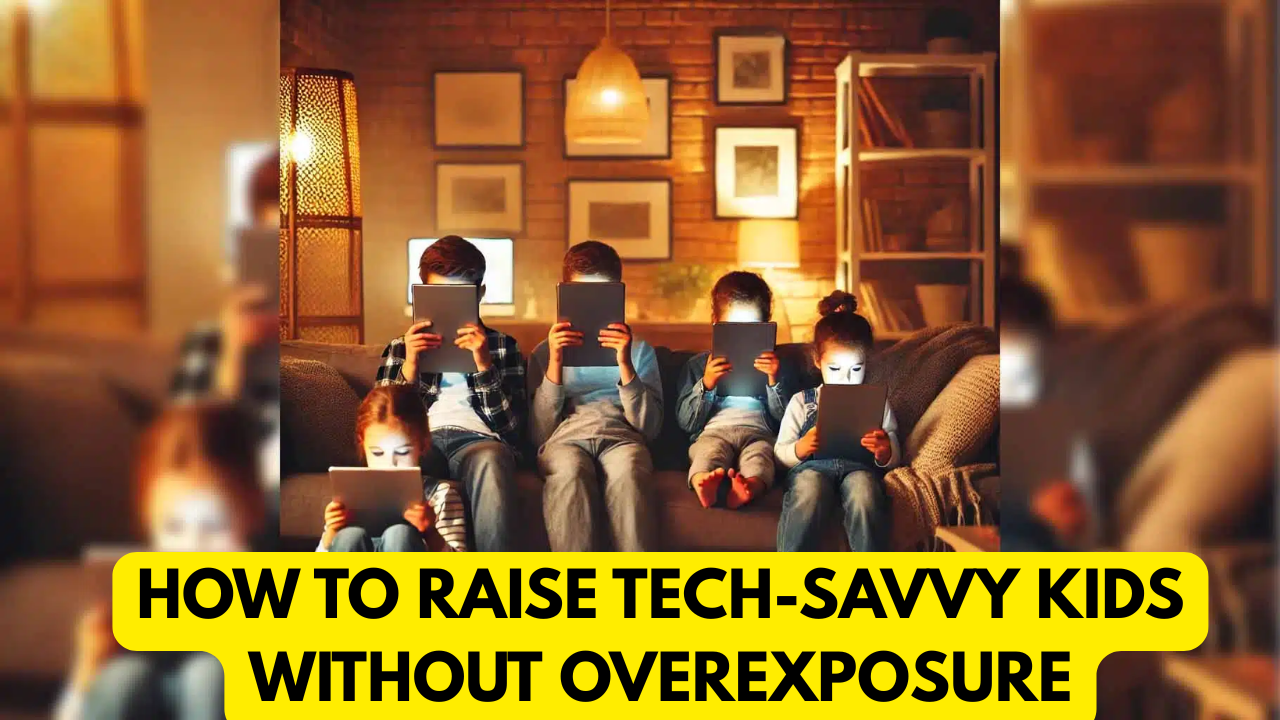
In today’s digital-first world, raising children who are tech-savvy yet not overly dependent on gadgets is a balancing act. Parents often face the challenge of equipping kids with digital literacy while ensuring that screens do not dominate their daily lives. The goal is to nurture a healthy relationship with technology—one that fosters creativity, learning, and responsible use without leading to overexposure.
This article explores practical strategies, structured guidelines, and actionable tips for parents to raise tech-smart kids while maintaining balance.
Why Tech-Savvy Skills Are Essential
Technology is no longer optional—it’s an integral part of education, careers, and social interactions. Kids who are comfortable with technology gain advantages such as:
- Digital literacy: Understanding how devices, apps, and online platforms work.
- Problem-solving skills: Using tech tools for research, creative projects, and innovation.
- Adaptability: Preparing for future workplaces where digital skills are essential.
- Global exposure: Accessing knowledge and connecting with peers worldwide.
However, uncontrolled exposure can lead to issues like reduced attention spans, sleep disruption, or even tech addiction. Hence, the focus should be on balance.
Practical Tips to Raise Tech-Savvy Kids Without Overexposure
1. Set Clear Boundaries
Establish screen-time rules early. The American Academy of Pediatrics suggests no more than 1–2 hours of recreational screen time per day for children. Define device-free zones, such as during meals and bedtime.
2. Prioritize Quality Over Quantity
Not all screen time is harmful. Encourage educational apps, coding platforms, or creative tools instead of endless gaming or scrolling. A half-hour spent building something in Minecraft or using a language-learning app is far more enriching than passive YouTube binge-watching.
3. Be a Role Model
Kids mimic parents. If you’re glued to your phone, they’ll follow suit. Show balanced digital habits—use your device purposefully, take regular breaks, and demonstrate offline hobbies.
4. Encourage Offline Activities
Balance is achieved when children enjoy sports, outdoor play, arts, and face-to-face interactions. Offline hobbies boost creativity, teamwork, and social skills, which screens cannot replace.
5. Teach Digital Responsibility
Being tech-savvy also means being safe online. Educate kids about cyberbullying, online privacy, and digital footprints. Guide them on what’s appropriate to share and how to recognize online risks.
6. Create Tech-Free Family Rituals
Introduce family activities like board games, cooking together, or weekend outings without devices. This strengthens family bonds and shows that joy doesn’t always require screens.
7. Monitor and Guide, Not Just Restrict
Instead of banning, be involved. Ask about their favorite apps, watch a video together, or co-play an educational game. Supervised exploration builds trust and helps kids learn discernment.
Table: Healthy vs. Unhealthy Tech Use
| Aspect | Healthy Use | Overexposure Risks |
|---|---|---|
| Purpose | Learning, creativity, problem-solving | Passive scrolling, entertainment only |
| Time Spent | 1–2 hours recreational use | 4+ hours daily |
| Content Type | Educational, skill-building apps | Violent games, endless social media |
| Parental Role | Guiding, co-learning | Ignoring or using tech as babysitter |
| Impact on Lifestyle | Balanced with outdoor activities | Reduced sleep, social isolation |
Overview Table
| Strategy | Why It Matters | Example in Practice |
|---|---|---|
| Set Boundaries | Prevents screen addiction | No devices during meals or bedtime |
| Focus on Quality Content | Encourages productive tech use | Using coding apps instead of endless games |
| Role Modeling | Kids learn from parents’ behavior | Reading an e-book instead of scrolling social media |
| Offline Alternatives | Builds creativity & social skills | Sports, painting, or family outings |
| Teach Digital Safety | Protects kids from online harm | Discuss privacy settings and safe browsing |
| Guided Involvement | Creates trust and balanced exposure | Watching educational videos together |
Building a Balanced Digital Environment
Raising tech-savvy kids without overexposure isn’t about strict bans or unrestricted access—it’s about mindful balance. Parents should treat technology like nutrition: a balanced diet of educational apps, creative tools, and controlled entertainment ensures healthy digital growth.
Children who understand both the benefits and limits of technology will not only thrive academically but also develop the resilience and wisdom to handle the fast-evolving digital world.
3 Quick FAQs
Q1. How much screen time is safe for kids daily?
1–2 hours of recreational use is generally safe, as long as balanced with offline activities.
Q2. How can I encourage my child to use tech productively?
Introduce them to coding apps, language-learning platforms, and creative software instead of just games or videos.
Q3. Should I ban devices completely for younger kids?
No, instead of banning, guide and limit usage. Introduce tech gradually with educational focus.

